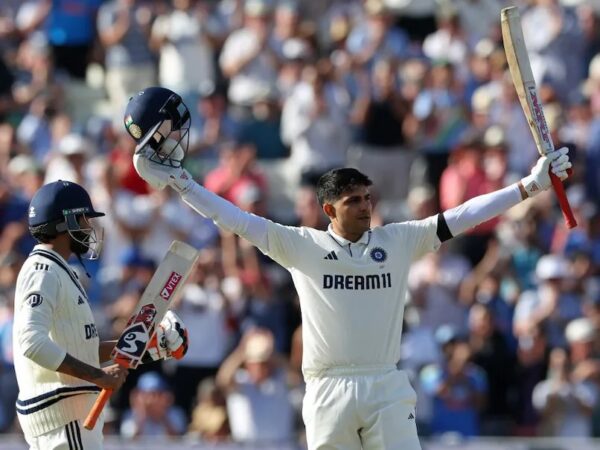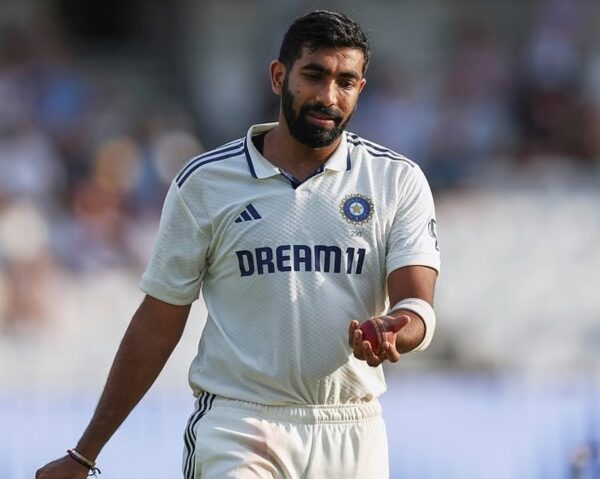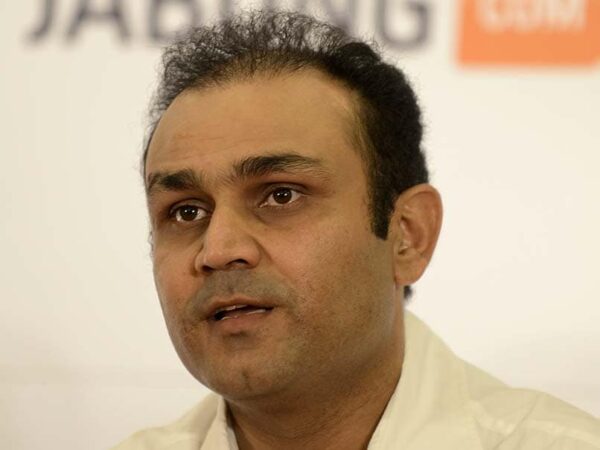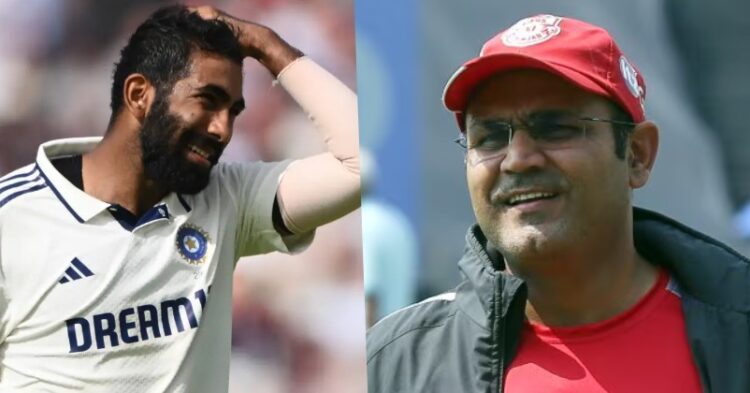India’s tour of England (Anderson-Tendulkar Trophy) will be remembered for its grit and determination, as Shubman Gill-led side fought hard to draw the five-match Test series by 2-2. The campaign not only showcased several promising individual performances but also reassured fans that the team has the potential to carry forward after the retirement of stalwarts like Virat Kohli, Rohit Sharma and Ravichandran Ashwin.

Amid the cricketing highs, one of the most debated issues during and after the series was workload management, with Jasprit Bumrah at the center of discussions.
Although fully fit, the 31 years old fast bowler was carefully rotated and he played only three of the five Tests, appearing in the first, third and fourth matches. When India trailed 1-2 and entered the decisive final Test at The Oval, Jasprit Bumrah was rested, even though Mohammed Siraj featured in all the five games. The management’s decision drew mixed reactions, as some believed India needed their spearhead in such a crucial contest.

Adding his perspective, former opener Virender Sehwag highlighted the importance of managing players, particularly bowlers. Speaking on a sports channel, he explained that workload becomes a significant factor mainly for fast bowlers who bear the heaviest physical demands. He argued that batsmen do not face the same level of strain and can usually continue without major interruptions.
Virender Sehwag stressed that looking after bowlers is vital if they are to have longer careers and that India’s success in major tournaments like the Asia Cup or World Cup depends greatly on having its fast bowlers available and fit.

Meanwhile, speculation about Jasprit Bumrah’s availability for the upcoming Asia Cup added further fuel to the workload debate. Doubts lingered over whether he would be ready in time but those concerns were put to rest when he was named in India’s 15-member squad for the tournament starting on September 9.
India’s balancing act between protecting key players and fielding the strongest team continues to spark discussion but as Virender Sehwag noted, the long-term fitness of fast bowlers could prove just as crucial as their short-term impact in shaping the team’s future.




